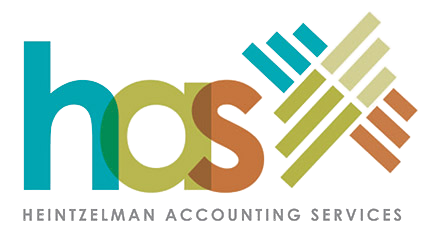On June 5, 2020, the Paycheck Protection Program Flexibility Act (PPPFA) was signed into law to further help small businesses affected by COVID-19. The goal of the PPPFA is to provide some relief related to the Payroll Protection Program. Below is a breakdown of the old PPP rules and the changes under the PPPFA.
Changes in PPP loan terms
- Original PPP Program: The maturity date of the Payroll Protection Program loan was 2 years.
- Under PPPFA:The maturity date of the loan is 5 years. This change applies to all loans made after the effective date of this Act. However, borrowers with loans prior to this date are able to modify the terms of their loan to extend the terms to 5 years if their lender agrees.
- Original PPP Program: the Small Business Act allowed 6 months deferral of the principal and interest payments
- Under PPPFA: Payments are deferred until the date when the amount of forgiveness is remitted to the lender. If a borrower does not apply for loan forgiveness, the payments are deferred for 10 months after the last day of the covered period.
Change in covered period
- Original PPP Program: For purposes of loan forgiveness, the CARES act allowed expenditures for payroll and non-payroll costs during the 8 weeks following the loan disbursement day. Further SBA guidance provided an option to choose the Alternative Covered Period, which is the 8 weeks after the first pay period following the loan disbursement date. This proved to be a problem for businesses required to remain closed for most or all of the 8 week period that followed the receipt of their loan. In addition, because the loan amount is based on 2.5 months of payroll, many businesses with minimal non-payroll expenses found it challenging to meet the spending requirements during the 8 week period.
- Under PPPFA: The CARES Act was amended to add 24 weeks or December 31, 2020, whichever is earlier. So now, borrowers can choose to use the 8 weeks or 24 week period following the loan origination.
Rehiring requirements are relaxed
- Original PPP Program: A FTE and Wage Reduction safe harbor was provided for purposes of the loan forgiveness. If salaries or employee levels were reduced between February 15, 2020 and April 26, 2020, there is a reduction in loan forgiveness. If the salary and employee levels were restored by June 30, 2020, there’s no reduction in the loan forgiveness. While this exemption was helpful, some employers were finding it difficult to meet the June 30 rehiring deadline.
- Under PPPFA: Employers now have until December 31, 2020 to rehire workers and restore salaries.
- Original PPP Program: An additional exemption was provided for business owners attempting to rehire employees that do not want to come back to work. If there’s a written offer to rehire an employee that was laid off and they rejected the offer, there would be no reduction in the loan forgiveness.
- Under PPPFA: A new exemption based on employee availability was added. Under PPPFA, in addition to the above exemption, if an employer documents an inability to hire similarly qualified employees for unfilled positions on or before December 31, 2020, OR can document an inability to return to the same level of business activity as it was operating before February 15, 2020, due to COVID related compliance requirements, there is no FTE related reduction in the loan forgiveness.
Modify the amount of loan that must be used for payroll
- Original PPP Program: To receive loan forgiveness borrowers were required to use at least 75% of the PPP loan for payroll costs and no more than 25% could be used for covered non-payroll costs. This meant that many business owners were forced to pay employees that were not working or pay bonuses at a time when business cash flow was tight.
- Under PPPFA: The above PPP spending requirements have been adjusted to 60% for payroll costs and 40% for covered non-payroll costs.
Social Security tax deferral allowed with PPP Loan
- PPPFA removed the restriction that did not allow PPP borrowers to participate in the Social Security tax deferral arrangement provided under the CARES Act. Now employers can defer their 2020 Social Security employment tax to 2021 and 2022 even if they have a PPP loan.
While the Payroll Protection Program Flexibility Act provides more flexibility and aid for business owners, there are still many items that we need and expect to receive additional guidance on. If you have PPP related questions and would like to speak with a HAS team member, please feel free to reach out to us.


Recent Comments